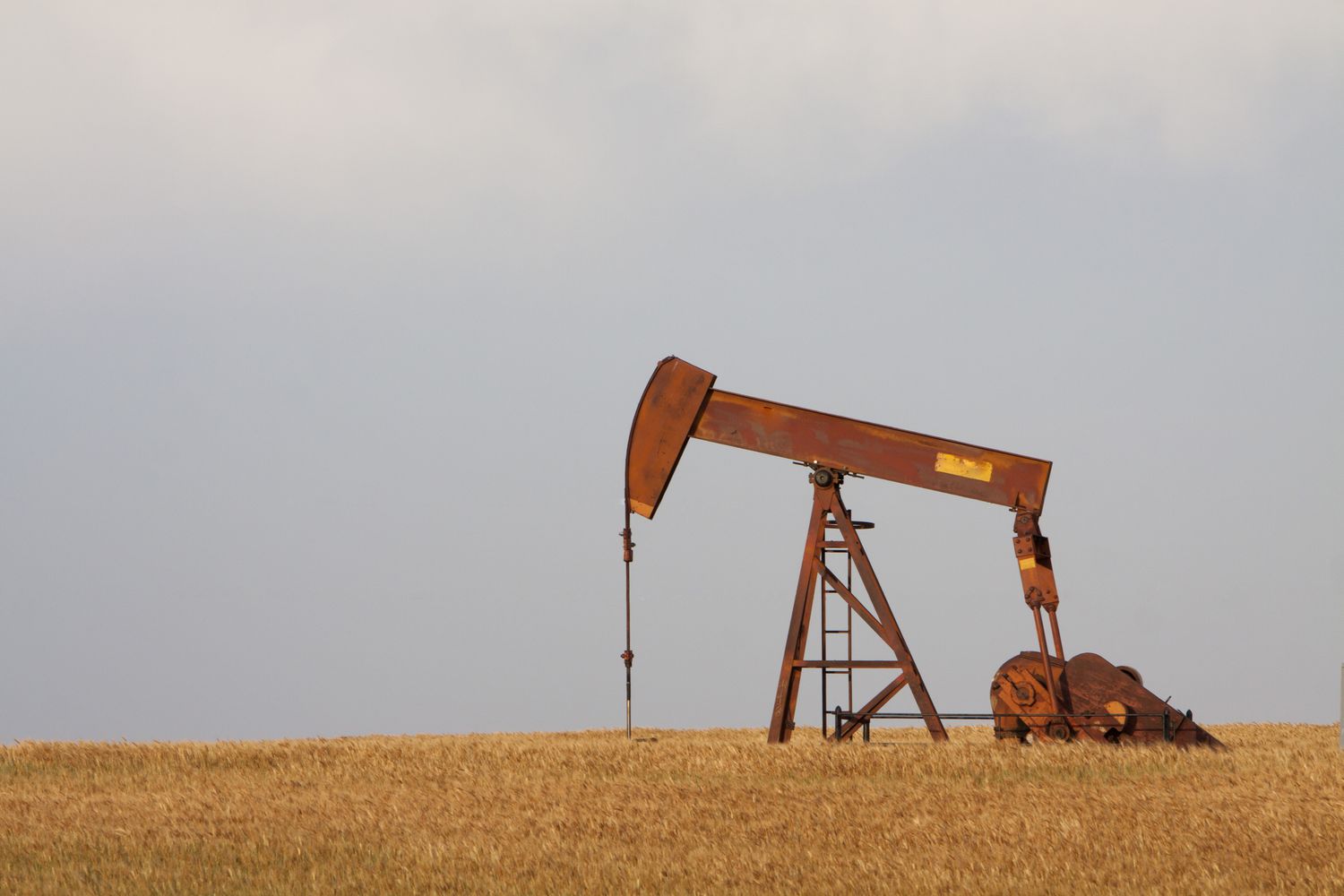At 130, natural gas fell by -2.48%. The main causes of this fall were near record output, plenty of fuel storage, and above-average temperatures. Since the facility’s return to full power is likely to cause record levels of prices, technical concerns at Freeport LNG’s export facility further restricted the supply of gas to LNG export terminals, contributing to the downward pressure on prices. Utilities have increased gas storage due to the mild winter temperatures; at now, stockpiles are 15.9% higher than typical.
The continued availability in supply is reflected in the increase in gas output to an average of 105.8 billion cubic feet per day (bcfd) in February from 102.1 bcfd in January. Up until March 1, pleasant weather was predicted by meteorologists, which would maintain the overstock situation. In 2024 and 2025, the average spot price of natural gas is expected to increase by the U.S. EIA.
while it is anticipated to stay below the $3.00 per million British thermal units (MMBtu) barrier in comparison to the prior year. The EIA attributes the price estimate to rising demand exceeding rising supply; in the current year, consumption is expected to rise by 2.3 billion cubic feet per day (Bcf/d), while supply is expected to remain relatively unchanged.
Technically speaking, the market is in a long liquidation, as shown by the -7.6% decline in open interest to 63375 and the -3.3 rupee price decline.

